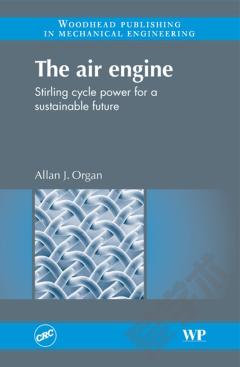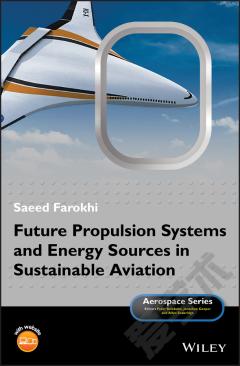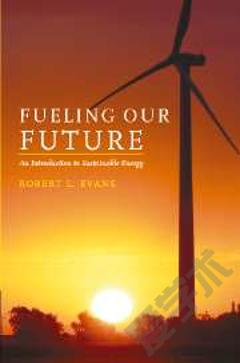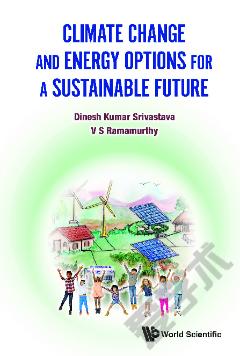The Air Engine —— Stirling Cycle Power for a Sustainable Future
----- 空气发动机:可持续未来能源
Two centuries after the original invention, the Stirling engine is now a commercial reality as the core component of domestic CHP (combined heat and power) a technology offering substantial savings in raw energy utilization relative to centralized power generation. The threat of climate change requires a net reduction in hydrocarbon consumption and in emissions of 'greenhouse' gases whilst sustaining economic growth. Development of technologies such as CHP addresses both these needs.Meeting the challenge involves addressing a range of issues: a long-standing mismatch between inherently favourable internal efficiency and wasteful external heating provision; a dearth of heat transfer and flow data appropriate to the task of first-principles design; the limited rpm capability when operating with air (and nitrogen) as working fluid. All of these matters are explored in depth in The air engine: Stirling cycle power for a sustainable future. The account includes previously unpublished insights into the personality and potential of two related regenerative prime movers - the pressure-wave and thermal-lag engines.Contains previously unpublished insights into the pressure-wave and thermal-lag enginesDeals with a technology offering scope for saving energy and reducing harmful emissions without compromising economic growthIdentifies and discusses issues of design and their implementation
{{comment.content}}








 京公网安备 11010802027623号
京公网安备 11010802027623号